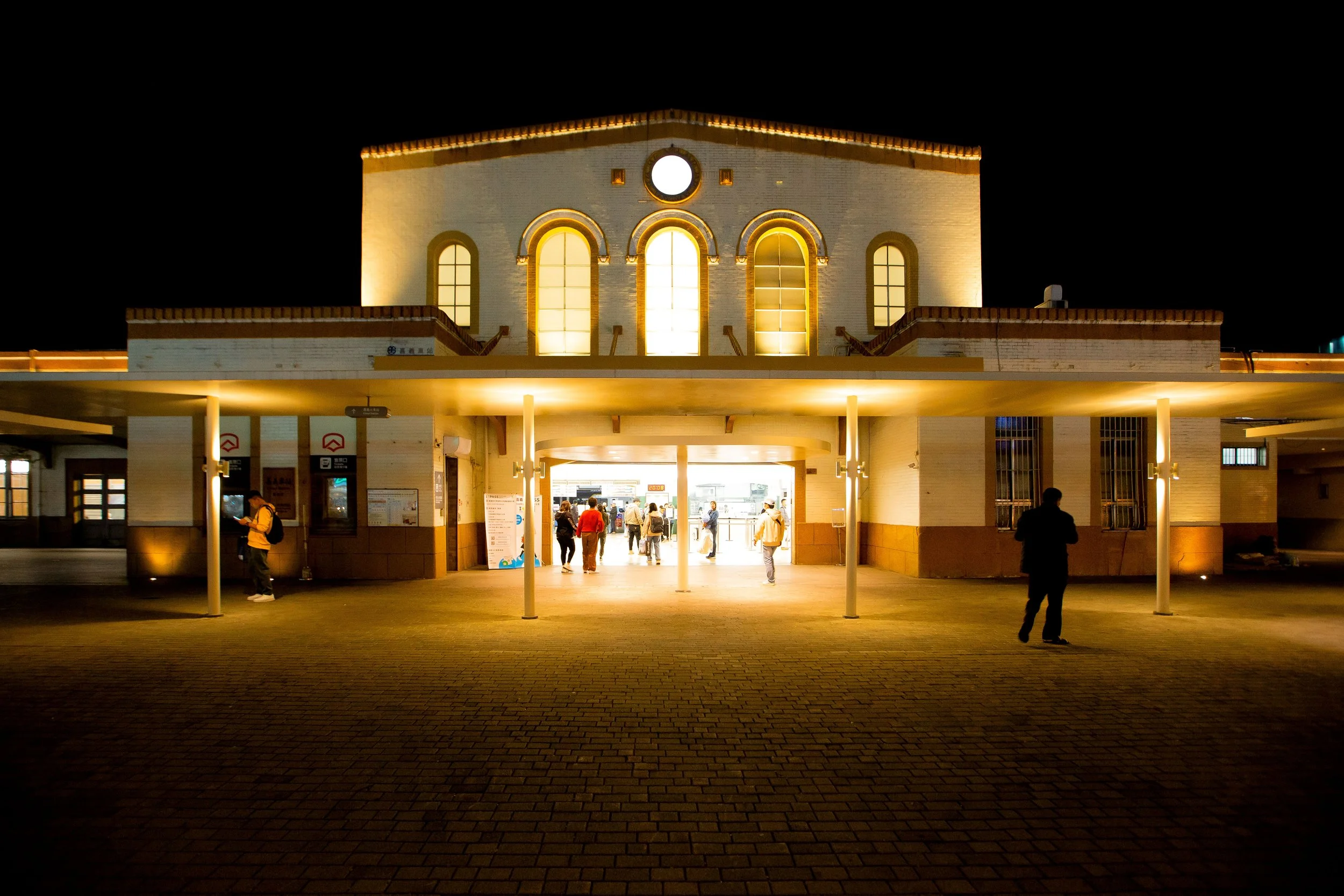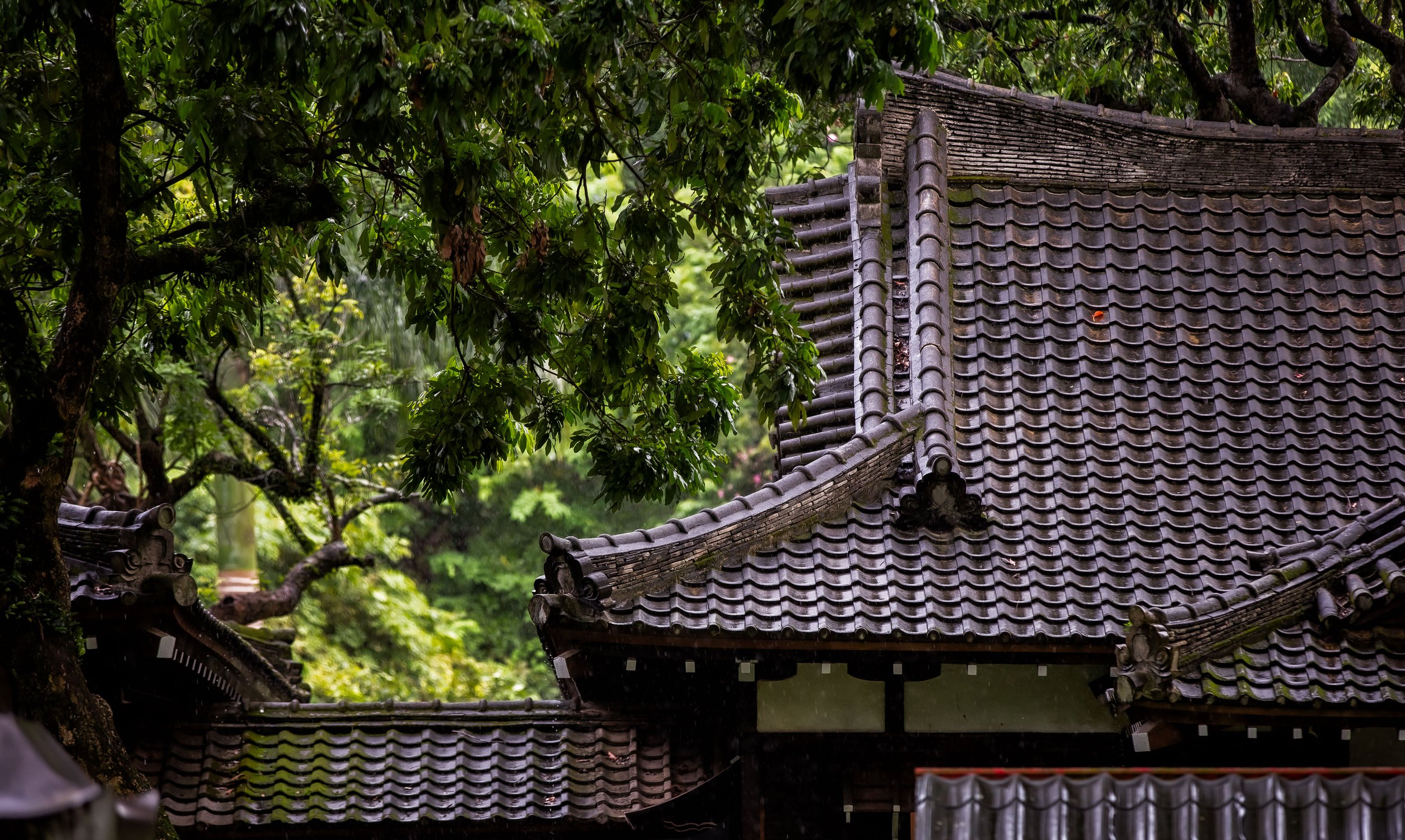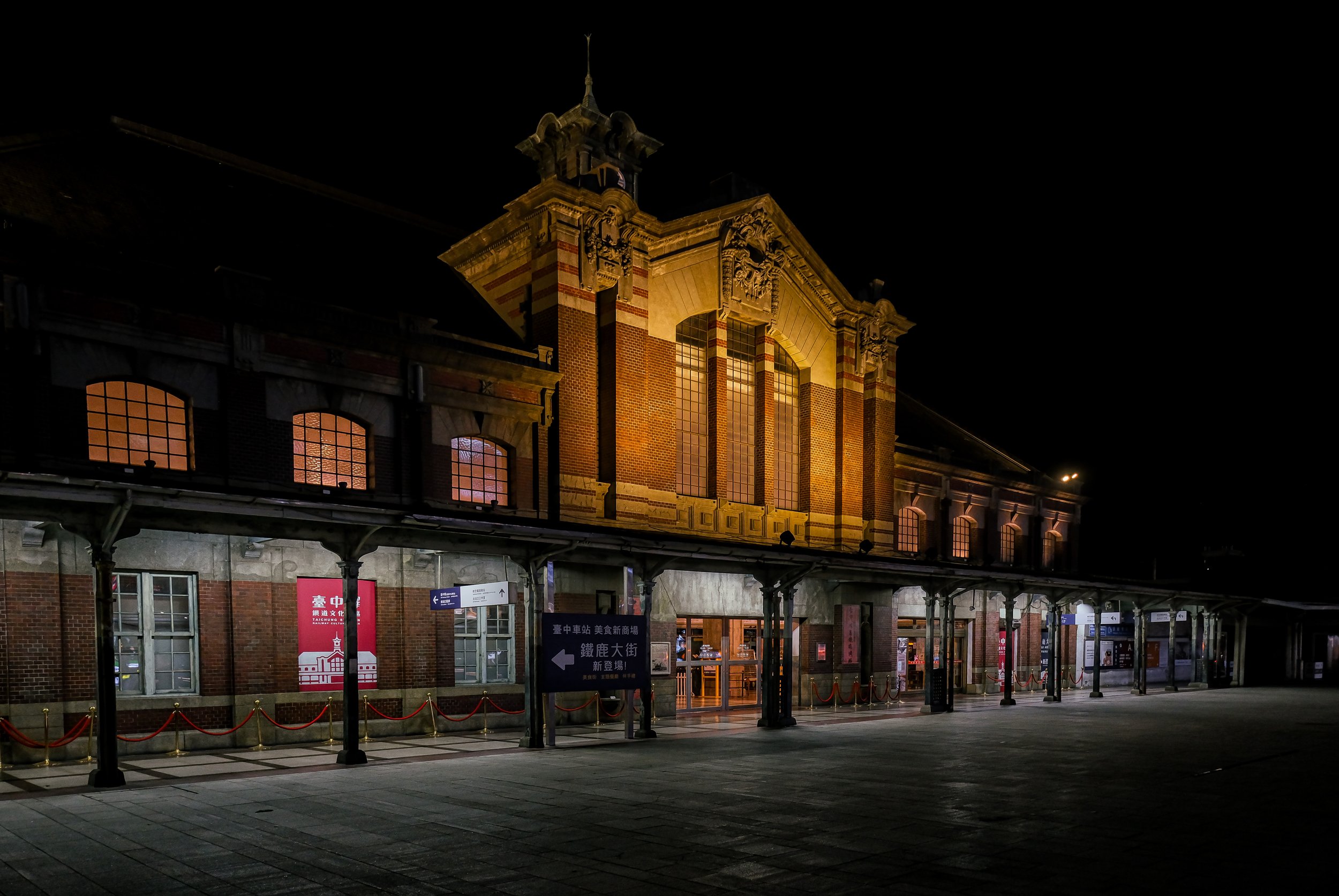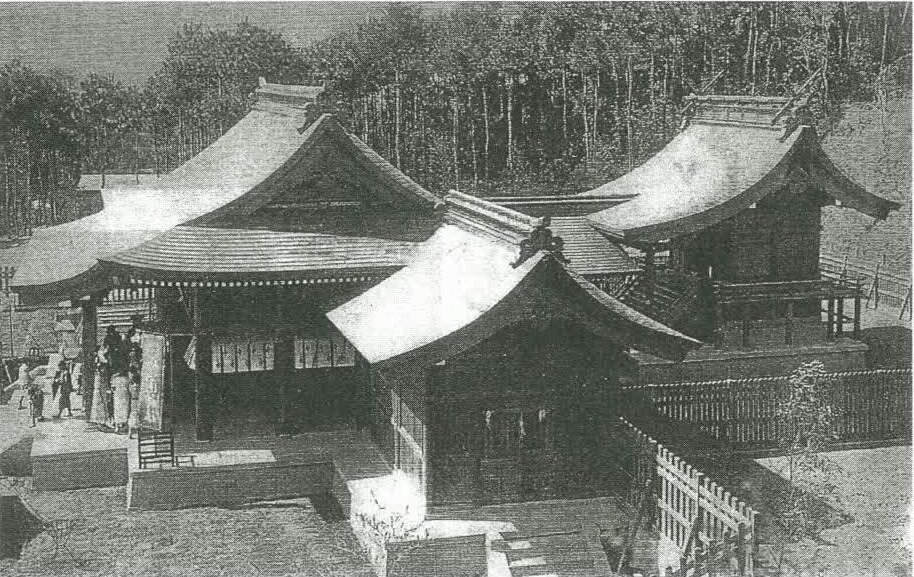While visiting Taiwan’s breathtaking East Coast, almost every traveller will quickly discover that we are blessed so many tourist destinations and things to see that one trip doesn’t even allow you to scratch the surface of what Taitung has to offer.
This makes crafting the perfect travel itinerary rather difficult as there are far too many things to see and do and never enough time to do it all.
Therefore the only solution to this problem is to visit Taitung as many times as possible!
For most tourists, Taitung City has been used simply as a base for travelling north to check out destinations like Sanxiantai (三仙台) or the scenic rice fields in Chishang (池上). Likewise, you could head south to Taimali (太麻里) and the beautiful hot spring forest resort area in Zhiben (知本) or hop on a ferry to Green Island (綠島) or Orchid Island (蘭嶼).
Now though, Taitung City is proudly fighting for the attention of tourists and it is waging a battle that makes it pretty hard to ignore!
In recent years Taitung City has gone through something of a renaissance in the way it presents itself as a tourist destination and the amount of attractions for the average tourist have increased exponentially.
This means that leaving the city to drive north or south has become increasingly more difficult, especially for young people who are embracing this new Taitung.
Starting with the downtown core, the Taitung Rail Art Village (鐵花村) is an amazing addition to the city’s tourist destinations and given its proximity to the Taitung Night Market, tourists can easily spend an afternoon and an evening browsing this artistic and culinary hot spot.
Likewise, the historic Taitung Sugar Factory (台東糖廠文創園區) has recently been restored and is quickly becoming the city’s answer to Taipei’s Huashan Culture Park (華山1914文化創意產業園區) where Taiwan’s hipster art community is free puts on exhibitions and concerts.
Nearby you’ll also find the beautiful Taitung Seaside Park (海濱公園), which is home a beach-side nature trail and the popular Taitung White House (台東阿伯白屋), where you can rent a bicycle and enjoy the beauty of a tropical wetlands. The city is also home to Liyu Mountain Park (鯉魚山) where you’ll find the Taitung Martyrs Shrine (台東忠烈祠), as well as an easy hike that provides tourists with beautiful views of the Taitung cityscape with the Pacific Ocean behind it!
That being said, the local government has also spent a considerable amount of money restoring many of the historic Japanese era buildings and has been opening them up as attractive tourist destinations where we can enjoy the beauty of these historic buildings, while also enjoying some interesting exhibition spaces.
One of the first of these spaces to open was the Baoting Art and Culture Center (寶町藝文中心), a group of former Japanese civil servant dormitories in downtown Taitung.
Within the next few years, the small cluster of dorms is going to drastically increase with an entire city block of other dorms soon to open to the public, making this part of town an important part of the local government’s long-term plans for keeping tourists within city limits!
Today I’ll be introducing the dorms that make up the Baoting Art and Culture Center, but as I mentioned above, I’ll definitely be heading back to city in the near future to check out all of the other dorms that are soon to open, because like almost every other traveller who visits Taitung discovers, one trip is never enough!
Taitung Civic Dormitories (臺東市長官舍建築群)
Given that these dorms were used by the civil servants who worked within the administrative bureaucracy in Taitung, I think its probably a good idea start out by explaining the somewhat complicated administrative history of the area.
Prior to the arrival of the Japanese, Taitung was referred to simply as “Back Mountain” (後山) or “Pi-lam” (卑南) by the Qing, and for much of the time that they controlled Taiwan, the area was more or less off-limits.
The lack of administrative control or ability to protect Han immigrants from the Puyuma (卑南族) and Amis (阿美族) indigenous people who lived there meant that few actually dared to make their way beyond the Central Mountain Range to the east coast.
However, a few years prior to Taiwan being ceded to the Japanese, the “mountain” areas were opened up by governor Liu Mingchuan (劉銘傳) and ethnic Chinese settlers started migrating to the area, which they renamed Taitung Prefecture (臺東直隸州) in 1888.
That version of ‘Taitung Prefecture’ however was short-lived as Taiwan was ceded to the Japanese seven years later at the end of the First Sino-Japanese War (日清戦争).
When the Japanese arrived, they originally named the area Nankyo Village (南鄉新街), but would later establish more formal administrative districts with Taito (台東街 / たいとうがい) becoming the administrative centre of Taito Prefecture (臺東廳 / たいとうちょう), which spanned an area of 3,515.25 km².
It goes without saying that the east coast of Taiwan was extremely important to the Japanese as it was rich in natural resources and was one of the key areas for the production of sugarcane.
This meant that for the first time the area would start to be developed as it was to become an economic powerhouse for the empire.
This meant that administrative control would have to be tightened as the construction of the railway, ports and factories required a considerable amount of bureaucratic control over the area.
The large community of civil servant dormitories for which the dorms that make up the “Baoting Art and Culture Center” are part of were the answer to providing proper lodgings for those who came to assist in the administration of the prefecture, and its economic development.
Dating back to 1937 (昭和12年), the four dorms were constructed to coincide with the colonial government’s administrative restructuring plan (台灣廳制) that upgraded areas into ‘towns’, ‘cities’ and ‘counties’ under the prefectural system.
This meant that the administrative district of “Taito County” (臺東郡 / たいとうぐん) would include Taito City as well three villages in the areas we know today as Taimali (太麻里鄉), Dawu (大武鄉), Green Island (綠島鄉) and several mountainous indigenous localities (蕃地) as well as Orchid Island (蘭嶼).
Taito City on the other hand would serve as the administrative capital of the prefecture, making it home to important civic buildings such as the Taito Prefectural Hall (臺東廳舍), Taito City Hall (臺東街役場), Taito Prefectural Post Office (臺東郵便局), Taito Weather Station (台東測候所), Taito Branch of the Monopoly Bureau (專賣局台東出張所) and the Taito Prefectural Shinto Shrine (臺東神社), among others.
Despite being relatively large in terms of area, the population of Taito City at that time consisted of around 17,000 people (compared to 107,000 today) and was divided up into several “machi” (町/まち), which are neighbourhoods or suburbs and included the aptly named “kitamachi” (北町), “shinmachi” (新町), “sakaemachi” (榮町), “minamimachi” (南町) and “takamachi” (寶町).
The “Takamachi” neighbourhood, which loosely translates into English as “treasure” was one of the more ‘upscale’ areas of Taito City and was home to not only these set of dorms, but a larger community nearby for the families of other civil servants living in the area at the time.
By 1937, there were an estimated 3,000 residents who hailed from Japan, distributed between this neighbourhood and the four immigrant villages (移民村) that were set up for workers who were primarily working within the sugar industry.
Taito’s Immigrant Villages: Asahi Village (旭村), Tomihara Village (富原村), Miwa Village (美和村), Shikishima Village (敷島村).
The four dorms, all of which are typical Japanese-style houses in terms of their architectural design are elevated off of the ground on a cement base, while the rest of the structure is constructed of Taiwanese cedar wood (杉木). The layout of each of the dorms remains relatively similar, but three of them were shared (雙併宿舍) while only was considered an single dormitory (獨棟房舍).
The single dorm would have been reserved for the mayor (街長官邸) and his family while the other three would have been split in half, albeit with shared washroom facilities, housing the families of six high-ranking officials (高階官員) within the local government.
Unfortunately there is very little information about the architectural design of the dorms available in print or online, but over the years I’ve become quite familiar with all of these small details, so I’ll try to explain the design differences between the two styles of dorms.
Before I get into the differences, it’s probably easier to talk about their similarities.
Its important to note that these Japanese style dormitories follow a basic design rule in that each of them, no matter if they’re a single or a shared dwelling, must consist of the following three spaces, a living space (起居空間), a service space (服務空間) and a passage space (通行空間).
The “living space” is considerably different than what we’re used to in western standards as what we might consider a “living room” is actually a brilliant multi-functional space where the family can receive guests, hang out, have their meals, drink tea and sleep.
This space is usually the largest part of these dorms and features “tokonoma” (床の間/とこのま) or large compartments (like a closet) with sliding doors in the walls where blankets, decorations and other necessities are stored during the day.
Link: Tokonoma (Wiki)
The “service space” on the other hand could include a number of rooms, which in the double family dorms might be shared spaces between both sides in order to save space. Service spaces typically include the kitchen (台所 / だいどころ), bathroom (風呂 / ふろ), washroom (便所 / べんじょ), etc.
Finally, the “passage space” in each of these dorms varies, but generally means the front and back entrances to the dorm as well as the corridors within, between the living space and the service space.
The design of these dorms tends to differ based on where the foyer or the main entrance to the building (玄關 / げんかん) is located as the porch is used to connect the various indoors spaces.
One of the most significant design features (as far as I’m concerned at least) for each of the buildings are the beautiful ‘engawa’ (緣側/えんがわ) sliding door verandas on the rear side that allow for natural air to enter the buildings, while also offering access to the areas where the gardens (and outhouses) would have been located.
Link: Engawa (Wiki)
Each of the four buildings has been constructed using the irimoya-zukuri (入母屋造) style of design, which basically means that the base of the building is smaller than the roof, the weight of which is supported by a network of trusses (屋架) in the ceiling that helps to support the weight of the four-sided sloped hip roof (四坡頂).
When the buildings were restored, the original roof tiles were replaced with concrete tiles and the ‘onigawara’ (鬼瓦) end tiles, which feature floral designs are all replacements.
Likewise, the wooden shitamiita (下見版 / したみいた) siding on the buildings has been replaced. They are currently quite dark in colour, but as they age the colours will fade.
Now let‘s talk about where these buildings slightly differ.
Mayoral Residence (街長的居所)
The Mayoral Residence is the largest of the dorms at 109㎡ (33坪) and considering that it’s not split in half like the other buildings, it features a large porch (玄關), living space (座敷 / ざしき), living room (居間 / いま), tea room (茶之間) and maids room (女中室/じょちゅうしつ) in addition to a washroom, bathroom and kitchen.
Given the size difference, the interior of the building is considerably more spacious than the other dorms (which have since been opened up) and would have been an excellent space for living as well as receiving important guests.
Shared Dormitories (雙併二戶建)
The exterior of each of the shared dormitories are the same size as the Mayoral Residence, but since they’re split in half, the interior space on either side is only 49㎡ (15坪).
This means that for each of the families living in these dorms, space would have been tight. The design of these houses however ensured that during the day, the common areas were large enough for a family to enjoy.
Each of the shared dorm buildings originally featured their own entrances, but it has been suggested that after the Japanese left Taiwan, the new residents of the buildings took the liberty to add larger entrances on the sides of the buildings, which would have slightly altered the ‘passage space’ design of the buildings.
They do however continue to feature the large sliding verandas at the rear of the building and everything else remains the same as the mayoral residence save for having a dedicated living room and a private maid’s room.
The bathrooms for the shared dormitories however weren’t connected to the buildings, so even though the residents could have taken a bath within the home, they’d have to go outside to relieve themselves in a shared space.
When the Second World War ended and the Japanese relinquished control of Taiwan, the original residents of the dorms were forced to leave Taiwan and head back to Japan.
It wouldn’t be long though before they became the dormitories for civil servants working at the Taitung City Office (台東市公所) after Taiwan’s (so-called) retrocession (光復).
The dorms continued to house the city’s civil servants for several decades after, but as time went by the buildings started to become run down, and when their occupants ultimately moved out, they were left abandoned, leaving them to the elements.
In the year 2000 (民國89年), then mayor of Taitung, Lie Kuen-cheng (賴坤成) proposed that the dorms become registered as historic buildings and be part of an ambitious restoration project (日治宿舍保存整修計畫) that would see several of the areas historic sites preserved and opened up for tourism.
Planning for the project took a couple of years and included specialists from Japan who came to oversee the project to ensure authenticity.
The restoration project started in 2002 and after four years the dorms reopened to the public as the Baoting Art and Cultural Centre.
To celebrate the re-opening of the dorms, the local government invited the three children of Akamatsu Nisan (赤松二三), the last mayor of Taito City to attend the ceremony.
On February 28th, 2006, Sakuma (赤松佐熊), Shigeo (赤松茂男) and Ishiko (淺野石子) came to Taiwan and helped to inaugurate the cultural centre and to celebrate the rebirth of their father’s former home.
Baoting Art and Culture Center (寶町藝文中心)
The Baoting Art and Culture Centre has been reopened to the public for well over a decade and is one of Taitung City’s most popular tourist attractions.
Open six days a week, the four dorms are now the home of rotating art shows and exhibitions about the history of the local area.
Tourists who visit the dorms often find themselves spending quite a while taking photos as they are quite picturesque and shine in the tropical environment in Taitung.
You’ll also find that the art shows and cultural activities on display are interesting enough to make you want to stick around for quite a while.
One of my only gripes about the interior of the buildings is that some of the art shows they have on display don’t really mix with the interior design of the buildings.
Fortunately, I was lucky to arrive on my second visit to the dorms between shows when the walls were empty. However if you’re looking at these photos and thinking that is what you’ll experience when you visit, I’m afraid that probably won’t be the case.
I did spend quite a bit of time however enjoying the historic exhibits that have a lot of excellent information about Taitung during the colonial era, in addition to the indigenous handicrafts room that shows off some of the beautiful work of the local indigenous groups.
As I mentioned above, the number of Japanese era dorms in the area is about to grow exponentially, so if you are planning to visit the area, I highly recommend taking a walk to the rear of the dorms to check out some of the other dorms that are currently being restored and are almost ready to reopen to the public.
The amount of historic properties that have been restored in the area is quite amazing and although some of them will showcase local art and history, you’ll also find others that will have restaurants, tea houses and coffee shops inside.
I’m not sure about you, but having a meal or a coffee in one of these eighty year old buildings is probably a pretty cool experience!
For more information about getting to the dorms and when they’re open, keep reading below!
Getting There
Address: No.184, Zhongshan Rd., Taitung City (台東市中山路184號)
GPS: 22.757823404833875 121.15302552239177
The Baoting Art and Culture Center is located on Zhongshan Road (中山路) within the downtown core of the city, but is a bit of a distance from the city centre where you’ll find most of the tourists who visit Taitung spend their time.
If you have a car or scooter during your trip to Taitung, getting there shouldn’t be much of a problem at all. If you don’t have your own means of transportation though, don’t worry, there is an ample amount of public transportation available that will help you get there.
Located near Siwei Nightmarket (四維夜市) and the Taitung Mazu Temple (臺東天后宮), the Baoting Art Centre is in an area of town where there probably isn’t very much for the average tourist to see, but within the next year or two there will be an entire city block of newly restored Japanese dorms just like these opening up that will feature art and cultural exhibitions, making the trip there even more worthwhile!
Car / Scooter
If you have a car or a rental scooter during your trip to Taitung, you should have no problem getting there. All you really have to do is follow Zhongzheng Road straight out of the downtown core of the city and you’ll find the dorms within minutes of leaving.
The roads in the area are quite large and there should be an ample amount of parking nearby. For a car, you might have to circle around the area for a while to find a space, but it shouldn’t post much of a problem. Remember though that if you park in one of the space along the road that you’ll be subject to a parking fee based on the amount of time you spend there.
If you’re driving a scooter on the other hand, you’ll be able to park directly in front of the dorms in the spaces provided for free!
Bus
Taking the bus to the Baoting Art and Culture Centre from downtown Taitung is pretty easy - All you have to do is get yourself to the Taitung Bus Station (臺東轉運站) and take Taitung Bus (臺東客運) bus #8102, #8119 or #8120 to the “Tiantainlai Bus Stop” (天天來站) where you’ll get off a short distance from the dorms.
Link: Taitung Bus Station (臺東轉運站)
You also have the option of taking Taitung’s Downtown Sightseeing Tour Bus (臺東縣市區公車) from the bus station to the same bus stop mentioned above, but its important to note that the bus doesn’t really come that often and isn’t all that convenient.
Still, if you’re at the station and the bus is about to leave, feel free to hop on!
Link: Taitung Downtown Sightseeing Circular Bus Timetable (市區公車時刻表)
Visiting the Baoting Art and Culture Centre is free of charge, and apart from having to remove your shoes when you enter the buildings, you can easily enjoy the beautiful architecture and whatever art exhibit they’ve got on display at the time of your visit!
Hours: Tuesday to Sunday from 09:00-12:00 and 14:00-17:00.
The dorms are closed on Mondays and most national holidays
I have probably mentioned this countless times on my blog, but one of the problems that has arisen as of late is that when these former Japanese era dormitories (and other buildings) are restored and opened up to the public, the government often has trouble coming up with idea about how to fill the space with something that makes their investment in the restoration of the buildings worthwhile.
In this case, the former Taitung Civic Dormitories have been repurposed into a beautiful exhibition space for artists that provides local artists with a beautiful exhibition space for their work and local residents with a constantly changing art space.
For tourists who are only in the area for a short time, the art that is featured on the walls is just one of the added bonuses of visiting these historic dorms.
There are certainly an ample amount of destinations around Taitung for tourists to enjoy on their trip to the east coast, but within the next few years the list of destinations within the city itself is going to grow exponentially. This will make spending time within the city and especially the area around the Baoting Art Centre much more attractive.
References
寶町藝文中心.打開時光中的老台東 (旅行圖中)
寶町藝文中心:曾經遺忘的時光 (台東製造)
寶町藝文中心、美術館、兒童故事館 (臺東市公所)
館舍平面圖 (雲林故事館)
臺日『日式建築』不大同,讓日本人懷念又有異國感 (財團法人空間母語文化藝術基金會)
台灣日式建築:屋瓦類型 —— 台灣樣.建築百科 (財團法人空間母語文化藝術基金會)
認識日式建築16個必賞元素, 讓你看到老屋不再只說「好漂亮」(The News Lens)
屋面及防水工程預算知識問答連載三十六之屋頂的類型 (KKNEWS)
歷史建築空間活化策略與社區發展: 以寶町藝文中心為例 (陳卉穎 / 國立臺東大學)
Baoting Art and Culture Center (Taitung Tourism)
















































